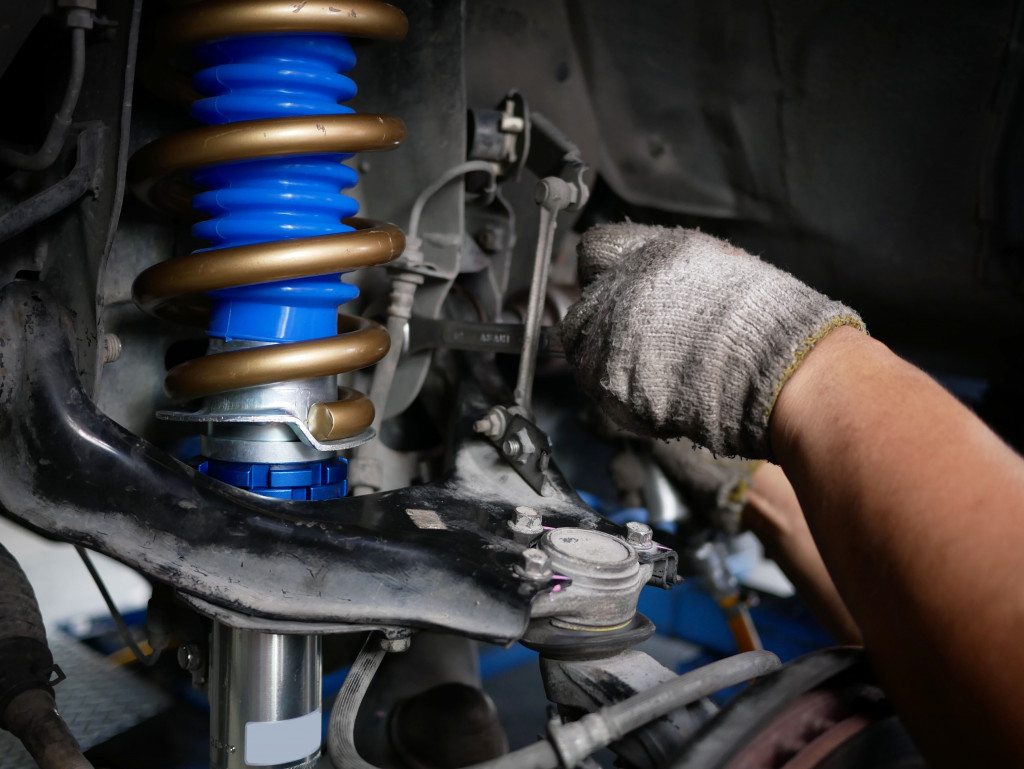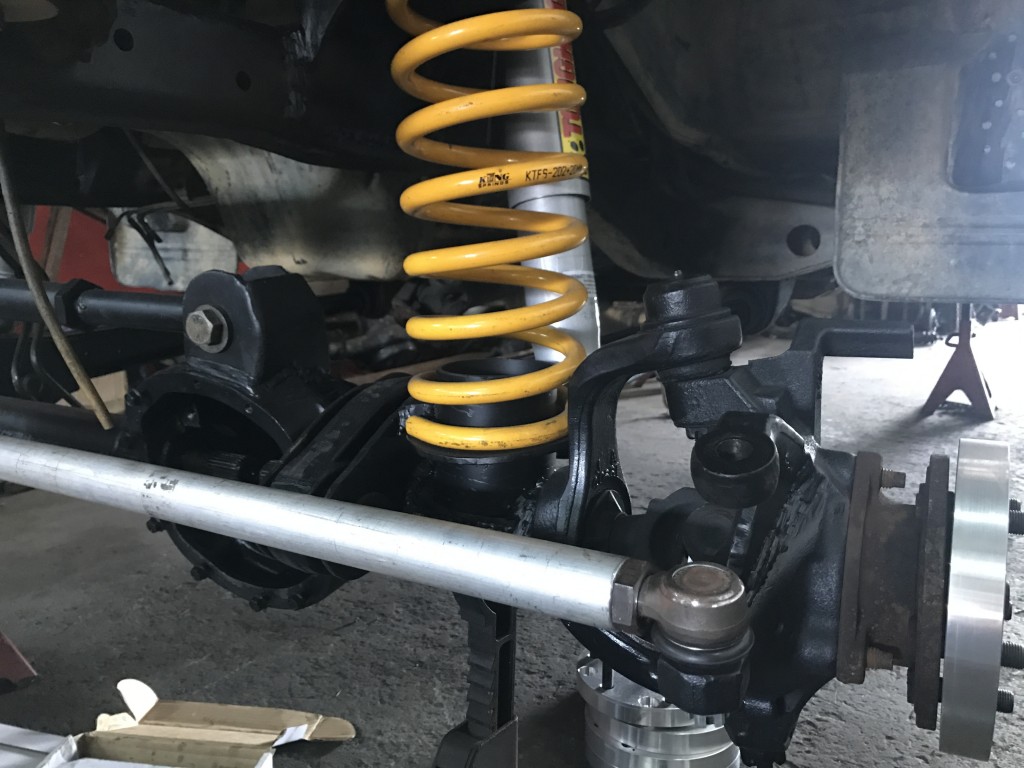Springs are widely used materials across industries. Its demand made the manufacturing process essential to industries like the oil and gas industry, chemical industry, military application, marine environments, and the aircraft industry. In fact, a manufacturer of custom springs in Oklahoma and other locations can fabricate spring and tubing products for customized and high-tensile corrosion-resistant alloys and manage a business based on its demand.
Before we further discuss the manufacturing process, it is better to understand springs from its definition first.
What is a spring?
The spring in the abovementioned industries is the same springs that we have known. However, these industrial springs are made in various sizes, materials, and weight capacity to withstand the pressure of an external force that it should manage in a certain industry. A spring is a device designed to change shape to respond to an external force and go back to its original shape when that force is removed. It allows the force applied on it to bounce upon release of force. This made springs reliable in mechanical components needed for various equipment across industries.
Manufacturing Process of Spring
There are several stages in manufacturing a spring: coiling, hardening, and finishing. The following are the steps in producing springs:
Coiling

- Cold winding. This step aims to produce a coiled wire up to 0.75 in. at room temperature. There are two techniques to do this. First, you can wind the wire around a shaft known as arbor or mandrel. You may use a dedicated an electric hand drill, a spring-winding machine, lathe, or a winding machine to do the job. To align the wire into your desired pitch, this process needs a guiding mechanism. Second, coiling can be done using a central computer machine instead of a mandrel.
- Hot winding. This one allows winding of a thicker wire when metal is heated to make it flexible. The workers coil the steel around a mandrel while it is extremely hot. They will remove the steel quickly from the coiling machine and dip it into an oil to cool and harden.
Hardening
- Heat treating. Whether the steel had been winded hot or cold, the process stressed the material. To relieve that stress, the spring must be tempered through heat treating. Using appropriate temperature, it will be heated in an oven, held at a temperature for a specific span of time, and then allowed to gradually cool down.
Finishing
- Grinding. This is used as a finishing process when springs need to have flat ends. These ends are ground to achieve the intended appearance and function.
- Shot peening. The natural wear and tear of materials made this process agreeable because it allows the steel to resist metal fatigue.
- Setting. The setting process is where the spring is permanently fixed. Its length and pitch are compressed to make all the coils touch each other.
- Coating. This process refers to the painting of the surface of springs to prevent corrosion. Then, it will be dipped in liquid rubber. Lastly, it will be plated with another metal like zinc or chromium.
- Packaging. This part of the process includes the boxing and packaging bulk quantities of springs for distribution.
There are more detailed spring manufacturing processes online. You can look up for more techniques and processes to better understand this industry.

